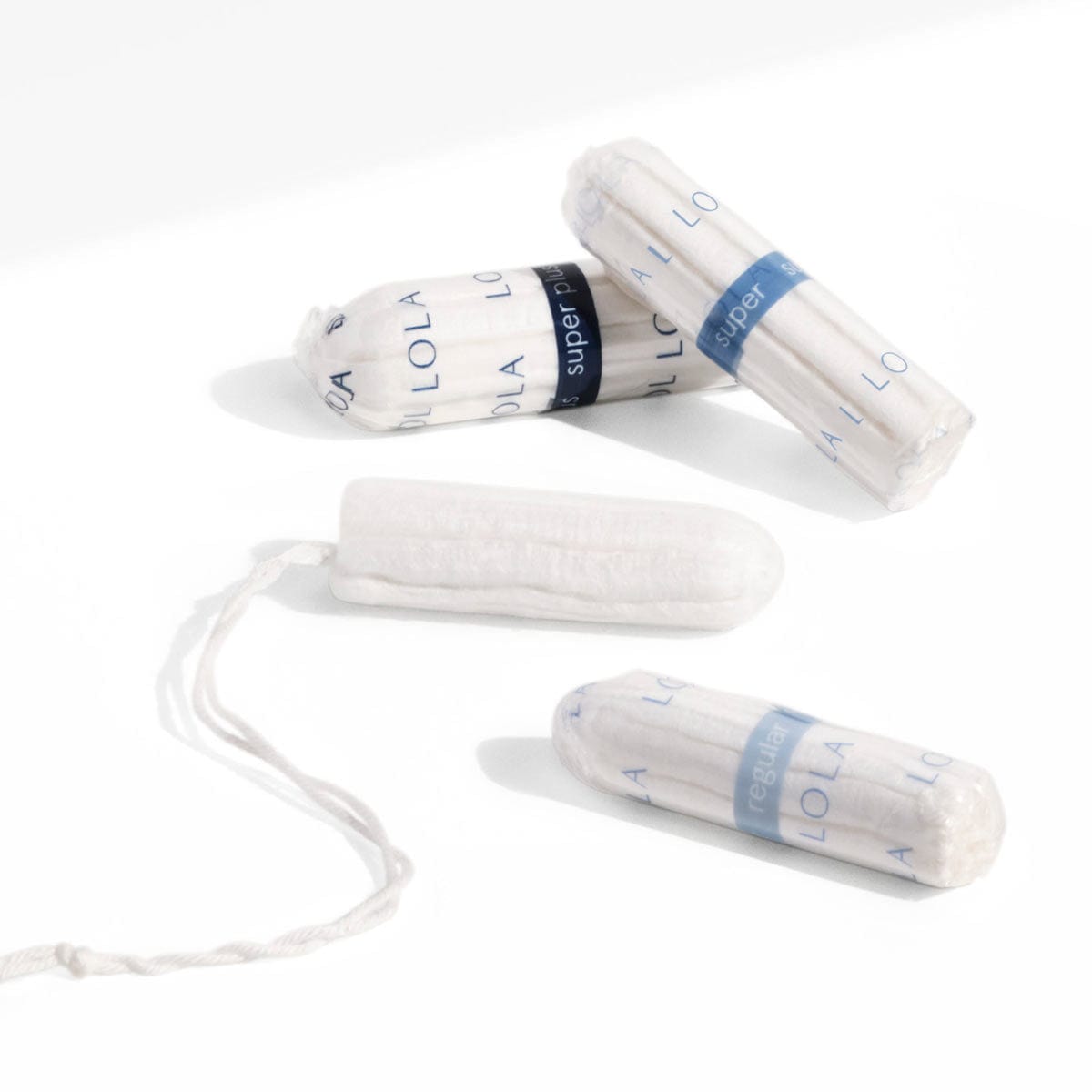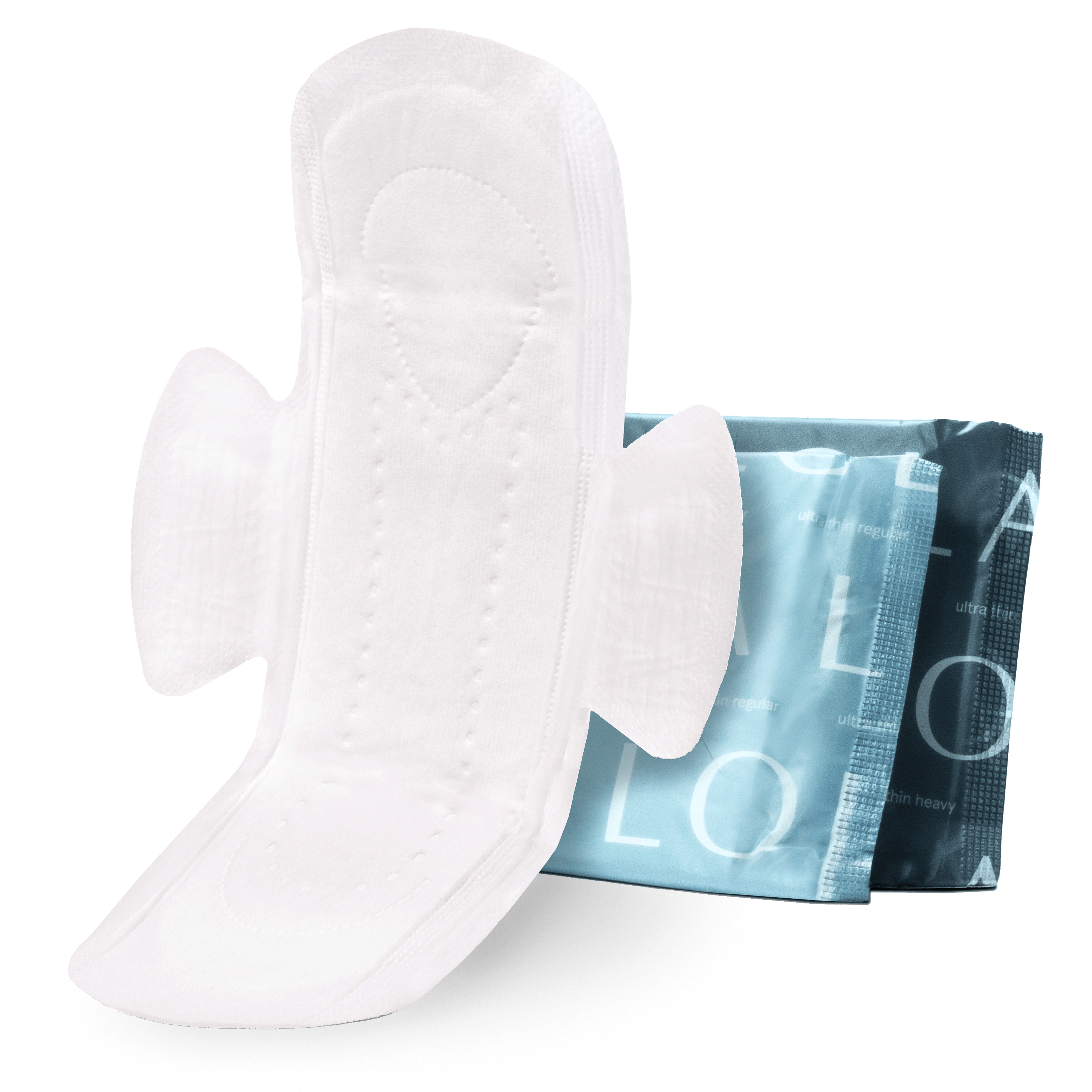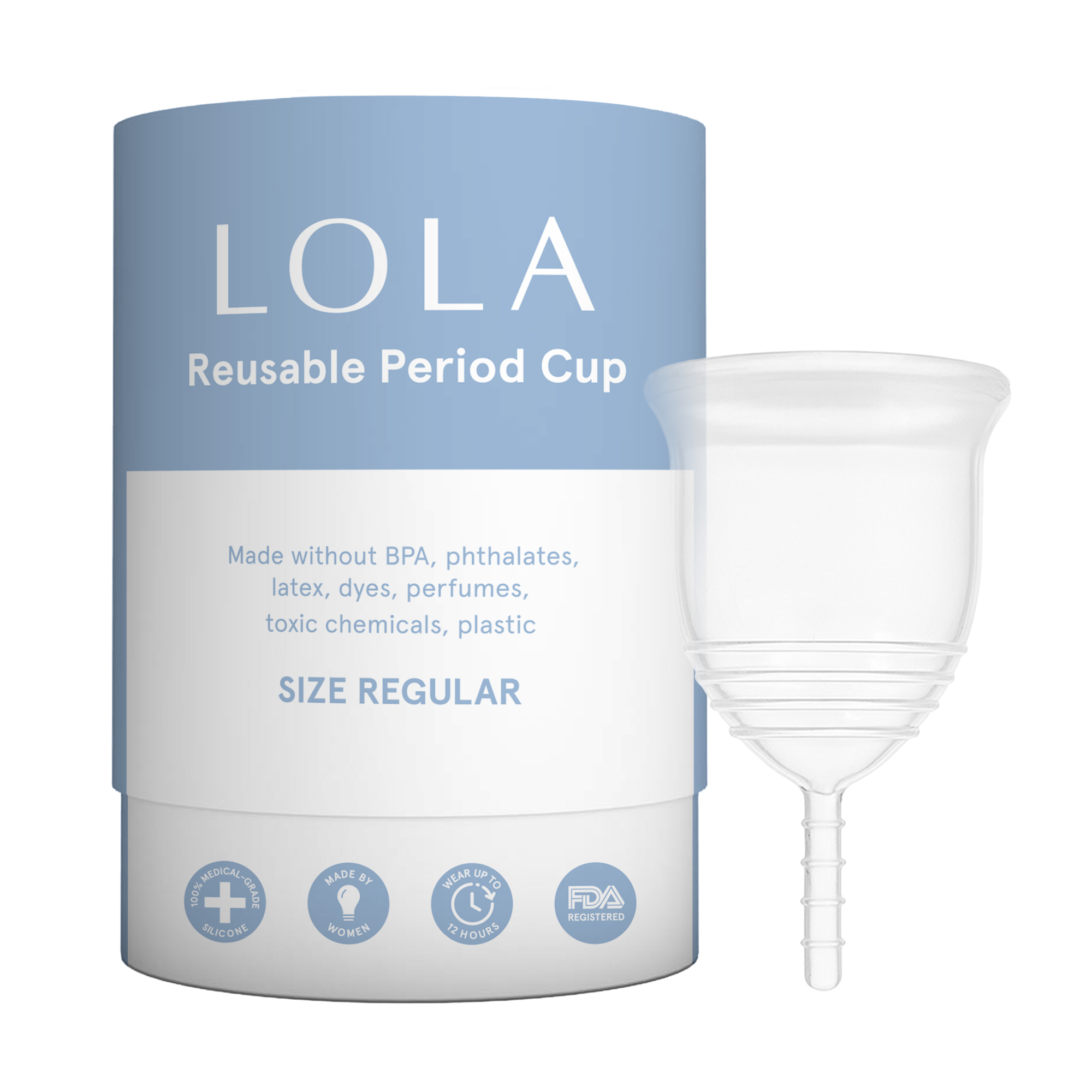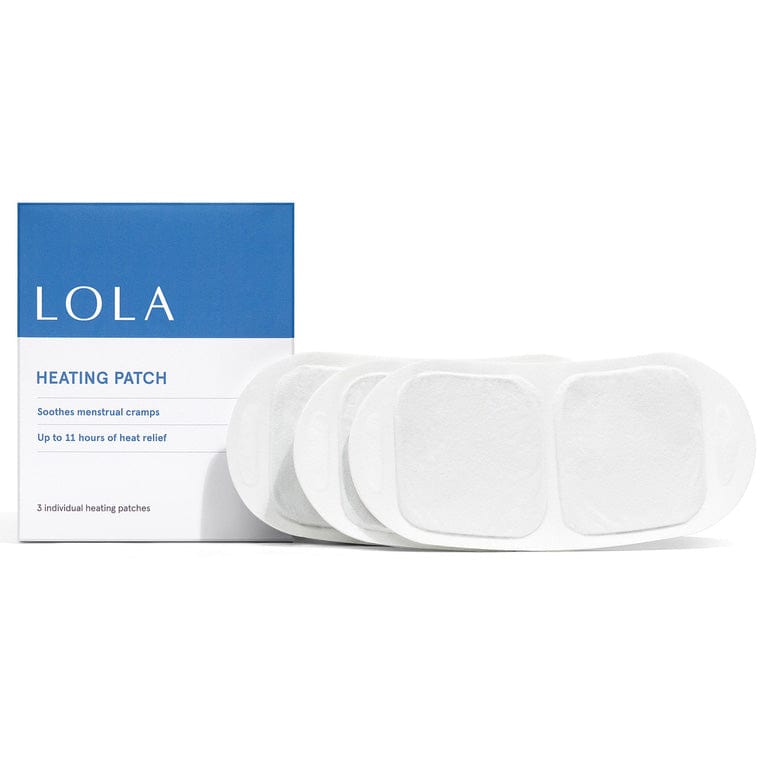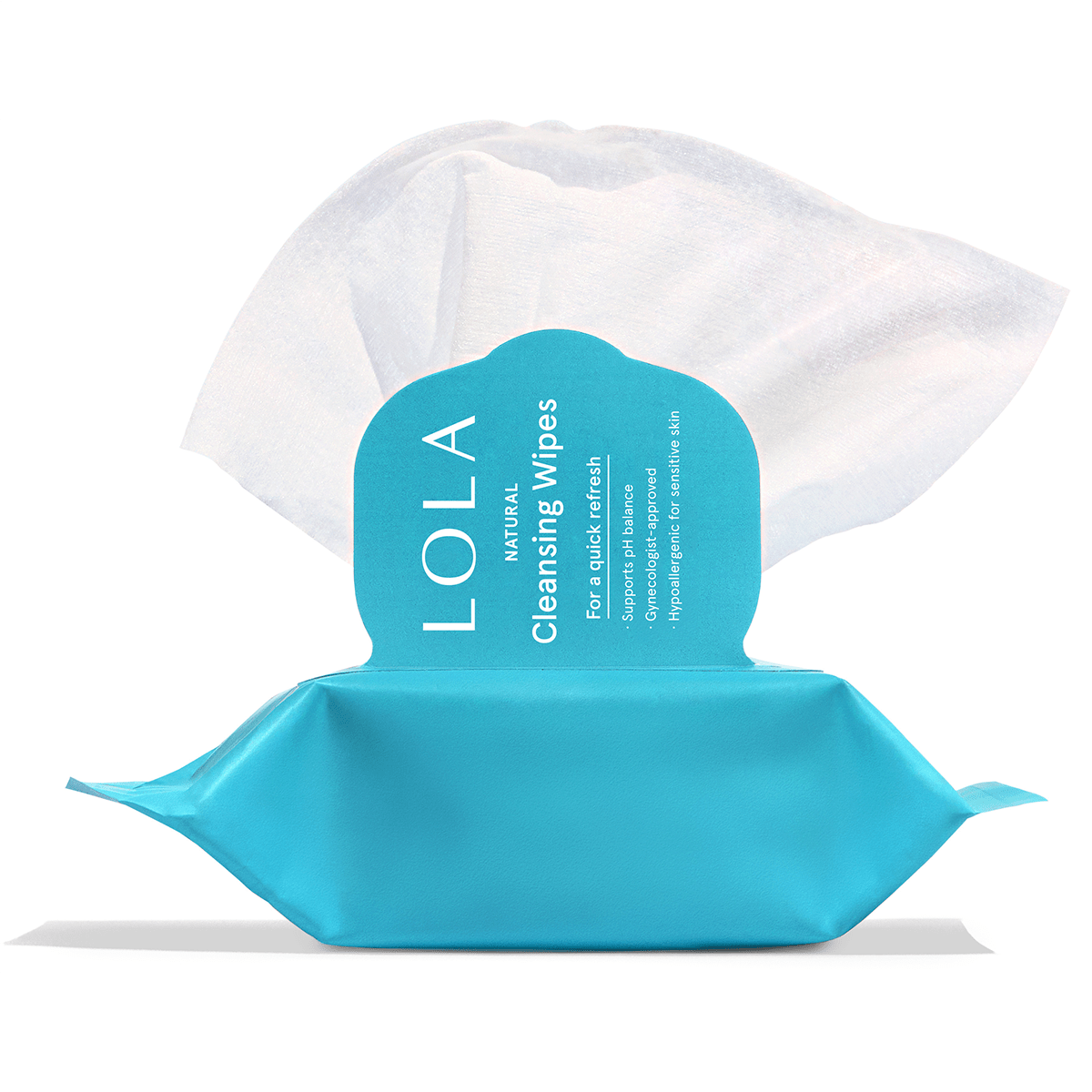Your pelvic floor is a group of muscles that sit at the bottom of the pelvis and play a role in your bowel, bladder and sexual health. They control the most important daily functions and can be a hidden culprit behind some of your most bothersome issues. Check in with yourself right now to see if you need to give your pelvic floor more love and attention; it deserves it.
Leaking isn't normal
You don't have to stop taking HIIT classes, or get nervous every time you chase your kids because you're afraid you might leak. Like every other muscle in the body, your pelvic floor muscles can be strengthened. Imagine that your bladder is a balloon. Then, imagine a straw coming down from that balloon. The straw is your urethra, which is where urine flows out of the bladder. The pelvic floor muscles surround your urethra and can contract to help close it, kind of like pinching off a straw.
If there is weakness in the pelvic floor muscles, they cannot contract effectively to close off the urethra and urine can leak through. In order to close that opening off more effectively, all you have to do is strengthen the muscles that surround it.
Painful sex isn't normal, either
Painful sex is something that is too often normalized, so much so that women commonly just suffer through it. Sex should be enjoyable and something to look forward to. Painful sex can be a result of pelvic floor muscles that are not relaxing well, or muscles that are in spasm. When you're having sex, the pelvic floor muscles need to relax to allow for comfortable penetration. If they're not able to, that's one reason that pain can occur.
Other things can be related to pain, such as tissue changes after childbirth, which are common if you have a scar from a vaginal tear or cesarean delivery. Low estrogen levels can also cause increased vaginal dryness; this is common postpartum, around menopause, or if you have a hormonal imbalance that results in lower estrogen.
Kegels are not the only way to improve your pelvic health
A kegel is an isolated contraction of the pelvic floor. Think of it like the biceps curl ofyour pelvis. Kegels are a great exercise to build awareness of your pelvic floor, but they are not a cure-all for all pelvic health issues. Many physicians will recommend kegels like they're the #1 solution for a weak pelvic floor, but that is simply not true. You might have a hard time with relaxation of the pelvic floor and not even know it, and that could be the main driver of your symptoms. If this is the case, you don't want to just contract the pelvic floor by doing kegels all day because you could make the problem worse. You'll first want to work on improving the ability of these muscles to relaxto their resting position. This can be done with direct stretching of the pelvic floor with a pelvic health physical therapist, or by focusing on yoga, hip and low back stretches, breathwork, and gentle core exercise.
Where can you start with strengthening your pelvic floor?
The best place to start is by building awareness of your pelvic floor with a breathwork exercise. If you're not having any pain, then you can also start to do kegel exercises. If you start to feel pain or notice that some of your symptoms are worsening, stop doing the kegels and seek out a pelvic PT. You can also indirectly strengthen the pelvic floor by doing strength training focused on the legs, hips and core. Exercises like planks, squats, and hip thrusts are a great place to start.


